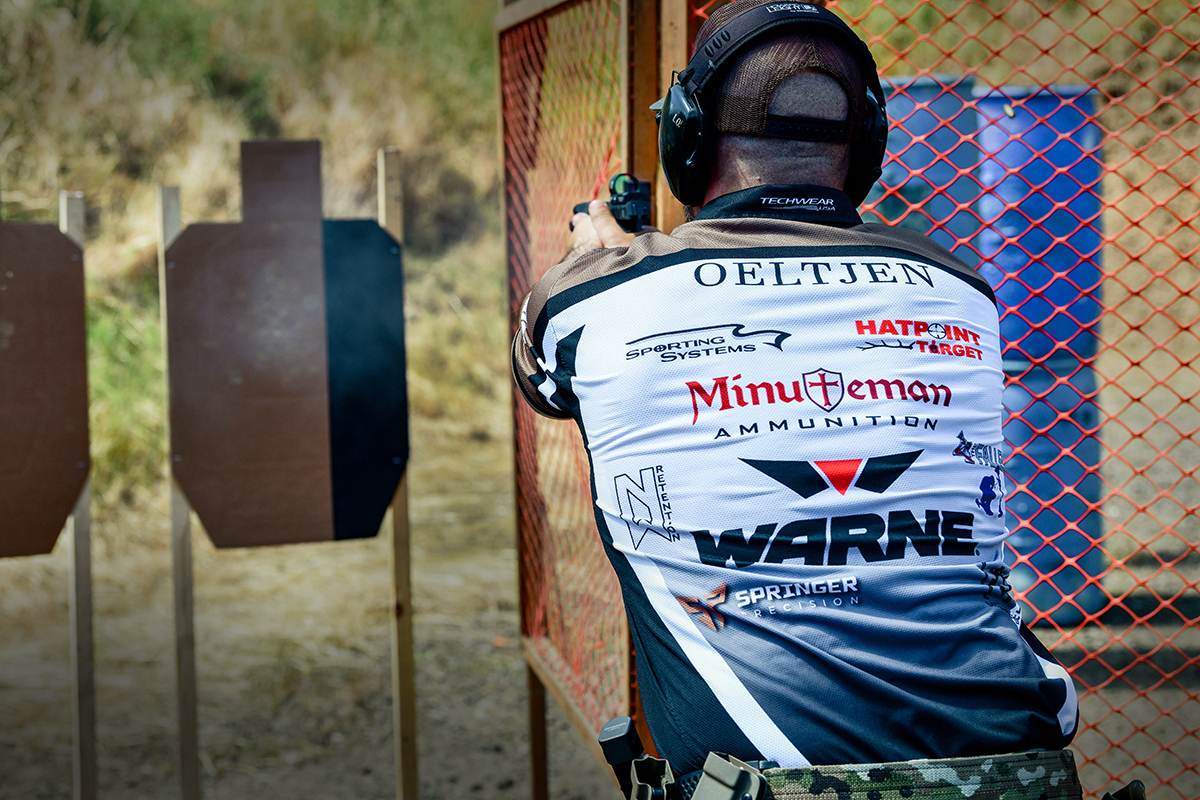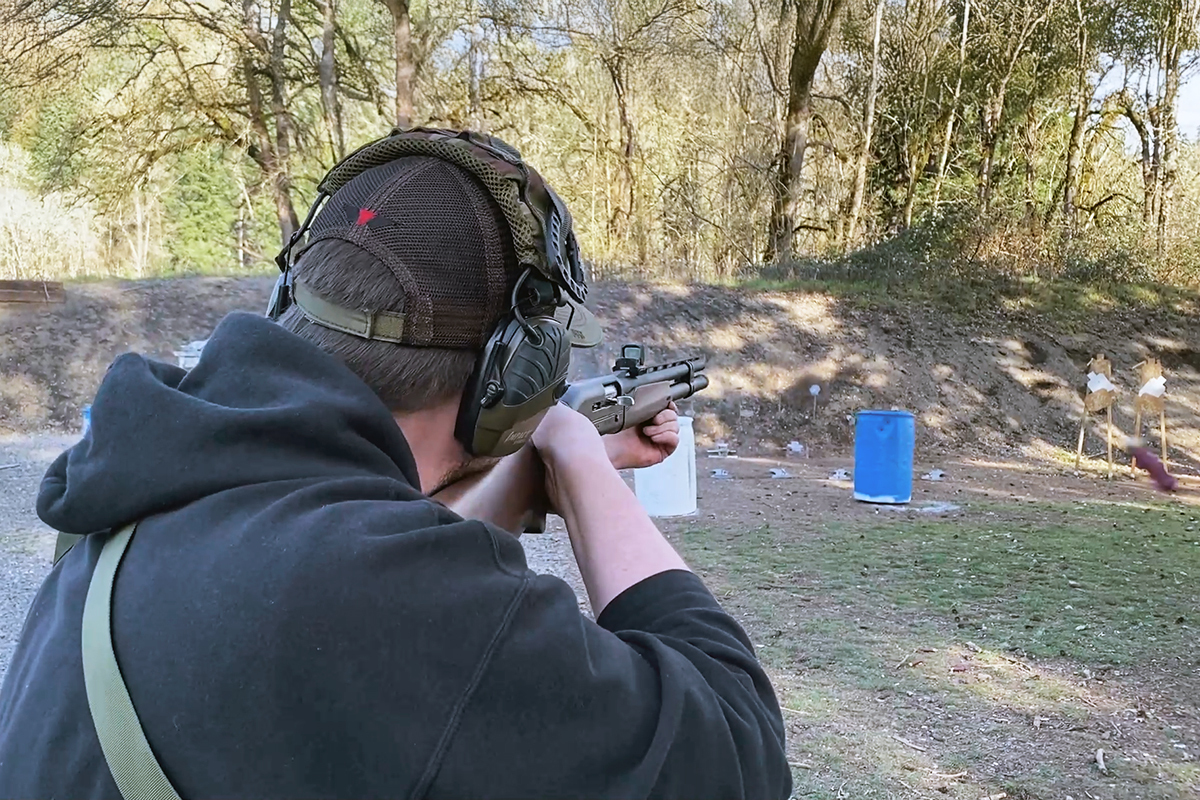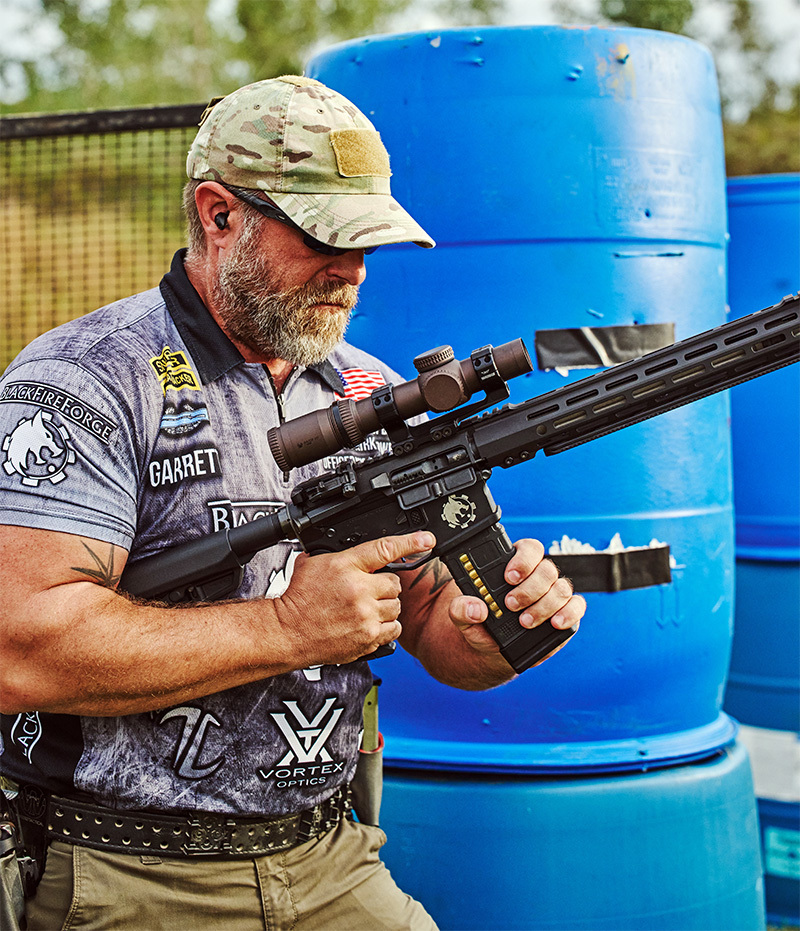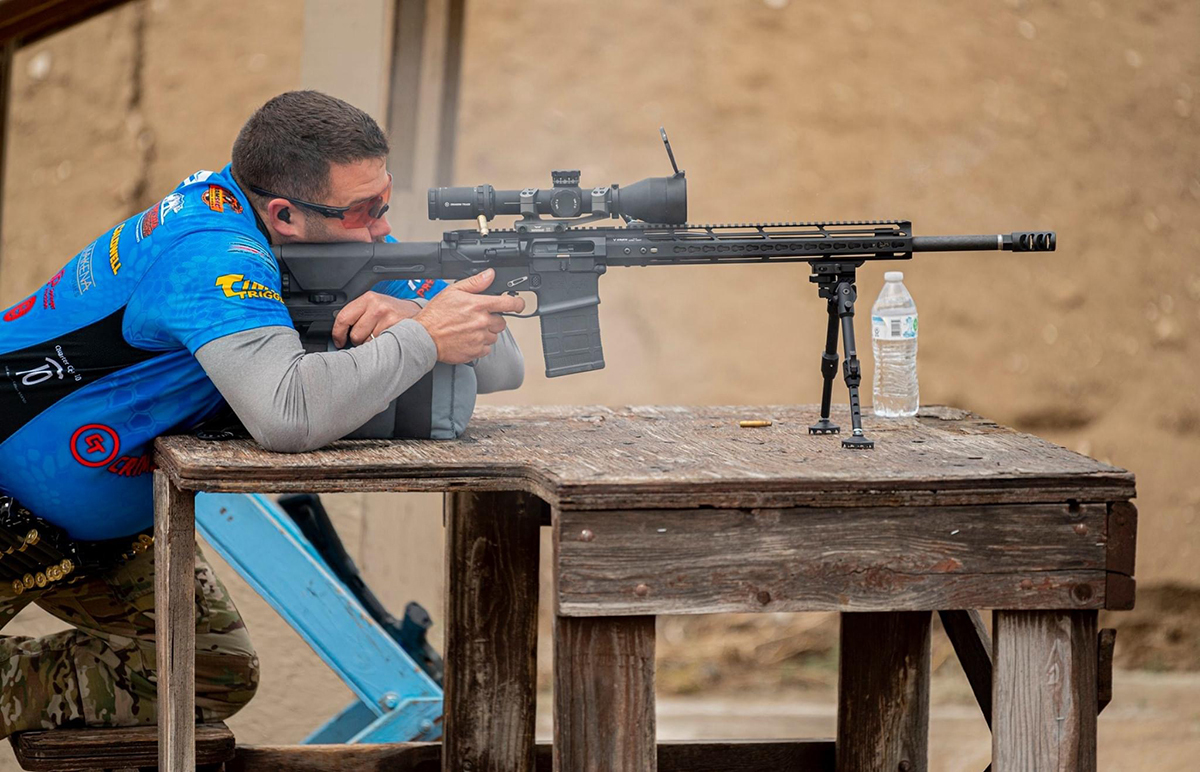Multigun or Multi-gun or 3 gun are names for the shooting sport of using several different types of guns in a dynamic competition enviroment. There are several organizations that govern multigun matches and rules can vary depending on the organization, style of match or even the range where the match takes place. Most commonly multigun matches make use of a rifle, pistol and shotgun, and shooters engage targets at varying distances and target styles. As a newcomer to the sport, it may seem intimidating to get started but truth be told any shooter with the curiosity or will power to try is welcomed. We will go step by step on how a beginner can get started in multigun.
Where to shoot
The first step is to figure out where you will shoot. This means checking out local shooting ranges, finding out if they keep a calendar of shooting events and researching the rules and regulations of those matches to see what you need to compete.
There are several types of matches ranging from multi-day national matches, to local single day matches. For those just starting out, a local single day small match is a great place to start. Not only will you be competing with other local shooters, the overall cost will be much lower. The key is finding a range that offers multigun matches consistently, and one that is within a reasonable distance. Like most shooting sports, multigun takes lots of practice and experience, so the more matches you can attend, the better.
What class to register in
Most multigun matches are broken into different classes. These classes determine what kind of equipment and firearms can be used. The way classes are set depends on the match affiliation and match director. With that said, we can break the classes into 4 main categories which are Open, Tac Optics, Limited and Heavy metal. Specific rules and requirements for these divisions have changed over the years so be sure to check exactly what the requirements are for the division you register for. To paint each class with a broad brush:
Open: Can use optics on all firearms, pistols can use compensators and other accessories like bipods and speed loaders. This is the least restricted class.
Tac Ops: Rifle can have a single magnified optic, iron sight pistol and shotguns with tube magazines with capacity restrictions.
Limited: Like Tac Ops but rifle optics are non-magnified.
Heavy Metal: Rifle is .30 caliber, 12 ga. shotgun and .44 minimum pistol caliber.
What kind of rifle should I use in multigun?
For most multigun matches a reliable and accurate semi-automatic rifle chambered in 5.56 or .223 will suit you well. The AR-15 style rifle is ubiquitous in multigun due to its ability to be customized to user preferences, low recoil and accuracy potential. Does this mean you need to go all out to build a multigun specific rifle? Absolutely not, use what you have available. As you shoot more and gain experience you will figure out what you like and don’t like, as well as what you really need to be successful.

What kind of pistol should I use in multigun?
There are many choices when it comes to pistols for multigun, and at your first match you will see a few high end or customized pistols in use. Just like with rifles, you do not need a purpose-built pistol for multigun. Any modern double stack full size pistol in 9mm, .40S&W or even .45ACP will work. Just make sure you read the rules of the class you will be shooting in to make sure the firearm you are planning on using is legal. Also be sure to bring several magazines, you will be surprised how much ammo you go through when starting out.

What kind of shotgun for multigun?
For newcomers to the sport of multigun, the shotgun is one of the more difficult firearms to master. I know you may be thinking "a shotgun is just point and shoot, how hard can it be?". The problem with shotguns in multigun is the variety of targets and ammo required, and keeping the gun fed. In recent years, many shooters have moved from tube fed shotguns to detachable magazine fed shotguns. While this can make reloads much faster, many of the entry level detachable magazine fed shotguns have questionable reliability. The last thing you want as you are learning a new shooting sport is to be fighting with temperamental gear.
At the most basic level, any 12 gauge can be used but semi-automatic shotguns are most common. If you register for a class that requires the use of a pump action, then have at it, but for new shooters a semi-auto is going to flatten the learning curve and be the most effective tool for the job. Any reliable hunting shotgun can work in multigun, but it is highly recommended to invest in an extended magazine tube. Being limited to 4 or 5 shells is going to require constant reloading. An extended tube to increase capacity to 9 or more rounds will make things much easier.
It is important to test out your shotgun with the ammo you will use in a match before the match to check for reliability. Many matches require both bird shot and slugs. You will want to try and reduce recoil as much as possible with light loads, but you need to make sure they will properly cycle in your shotgun. Nothing is more frustrating than your shotgun becoming a single shot when you are on a heavy shotgun target stage.
Essential accessories
With all the running and shooting going on, you need a way to carry all that ammo. Depending on the stage and match round count, you will need a way to carry pistol and rifle magazines as well as caddies for shotgun shells. If you are just starting out there is no need to invest in a professional multigun belt, any stiff shooting belt that can accept magazine pouches will work. Depending on how many rounds your pistol magazines hold, it is a good idea to carry a few extras.
Some stages require so few rounds, you may not need a spare rifle magazine, but it is always a good idea to carry one in case you have some kind of magazine related failure. In a pinch a back pocket is an underrated way to tote a backup rifle magazine. On the topic of magazine capacity, many shooters choose to use magazine extensions for multigun. There are several benefits to running extensions like the additional weight to help empty mags drop free, increased capacity and cool colors that can match other competition gear. Warne offers magazine extensions for several different applications including pistols and rifles that can be found here.
Shotgun shells are the most difficult ammo to carry, and they are the one area that takes some specialization. Do research on different styles of shell caddies and loading techniques for each one. Again, this is an area where, as you gain experience, you can dial in the gear to the techniques you are using. A good starting point is the "load 2" technique. This is where you pull 2 shells in line from the caddy and load them into the shotgun tube. This technique is not as efficient as the "load 4" style, but easier for beginners to master.

Optic considerations
The type of optics used in multigun are largely driven by what class you are shooting in. Open class allows for the use of optics on all 3 guns, other classes may only allow a single optic on the rifle, and in some cases magnified optics are restricted. Most commonly, shooters go with some kind of low power variable optic or LPVO for short. This refers to a rifle scope that has a power range between 1-10x. Usually you will see 1-4 or 1-6 power scopes being used. An essential accessory for any multigun rifle using a scope is a solid mount. The Warne XSKEL series of scope mounts have been the choice of multigun shooters ranging from beginners to world champions for years. The XSKEL series is available in 1", 30mm and 34mm tube sizes. Lightweight and stylish in a range of colors to match your competition gear, you can find the full line of XSKEL mounts here.
Some classes allow for the use of an offset red dot on rifles which can make quick work of close targets. The ability to transition from a scope to offset red dot is a winning combination for speed and accuracy. Warne offers several options for offset red dot mount. The A645TW is a great option for shooters that want a 45 degree picatinny mount for either a red dot or offset iron sights. The 6110MR is an offset direct mount featuring a universal reflex mount that fits most popular red dot footprints like Docter, Delta Point, and RMR.

What to expect at your first match
So, when you have acquired the gear you need to compete in your first match, here is what you can expect. When you arrive at the match, you will need to check in, then attend a safety briefing. In this briefing they typically cover the rules of the match, and plan for the day. Depending on the size and type of match you may be placed in a squad (typically at bigger matches so groups of shooters can be spread between stages to keep the match moving quickly) or if it is a smaller match, you may just shoot in one group. Either way, once you are assigned a squad, try to find more experienced shooters and introduce yourself.
Experienced shooters and range staff are usually very receptive to new shooters. Many people will be open to giving advice and pointers, because at the end of the day, it is all about fun and the last thing anyone wants is to discourage new shooters from competing. Finding one or two shooters to closely watch as they shoot will work wonders for how you approach a stage. If you find yourself to be the first shooter at any given stage and are uncomfortable, feel free to let the range officer know, and they will typically understand and let another shooter go before you, just be sure to speak up that you are new and trying to learn.
When all stages are complete and all shooters are done, the totals will be calculated and winners will be announced in an awards ceremony. The way multigun is judged is something called "time plus" which is the total time it takes a shooter to complete a stage plus penalties. Penalties are assigned for targets that are not engaged, targets that are not hit, or if a shooter hits a no-shoot target. There is a time limit that shooters must complete the stage within otherwise they time out and assess penalties for the remaining targets not being engaged.
The whole point of multigun is to have fun and enjoy the day at the range. Although the specialized gear required can be a daunting barrier to entry, making friends at that first match can help build your personal shooting community. Having friends to lend gear or give pointers can be a big help when starting out. Hopefully these tips can get you to the range to experience multigun on your own, and Warne products are here to give you confidence in every shot.


